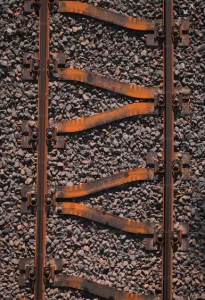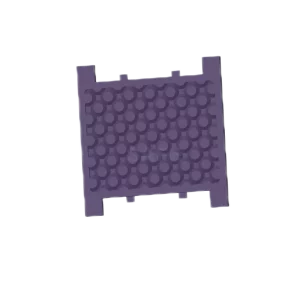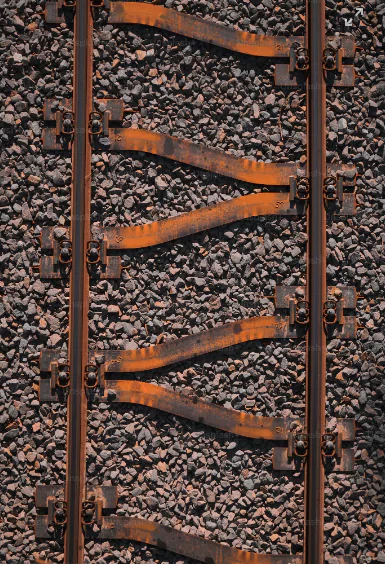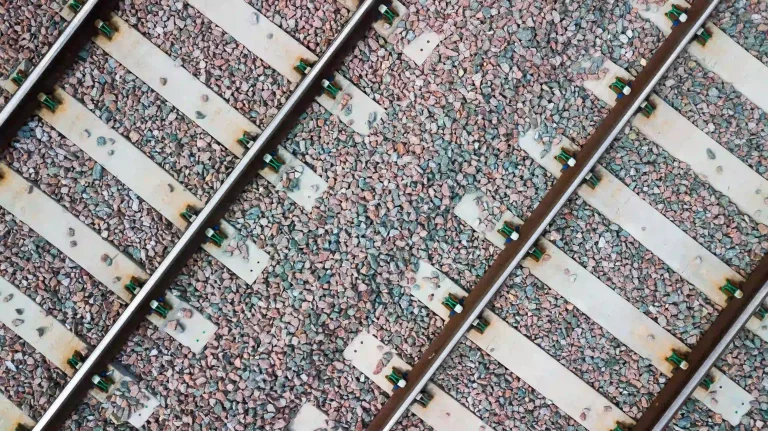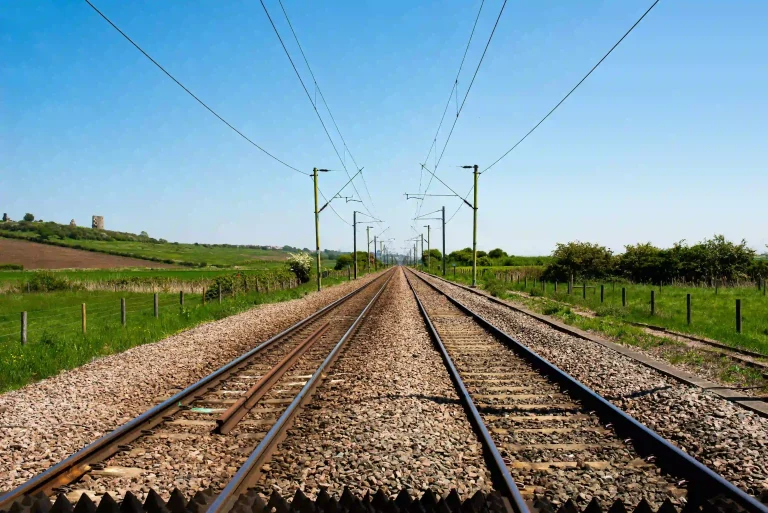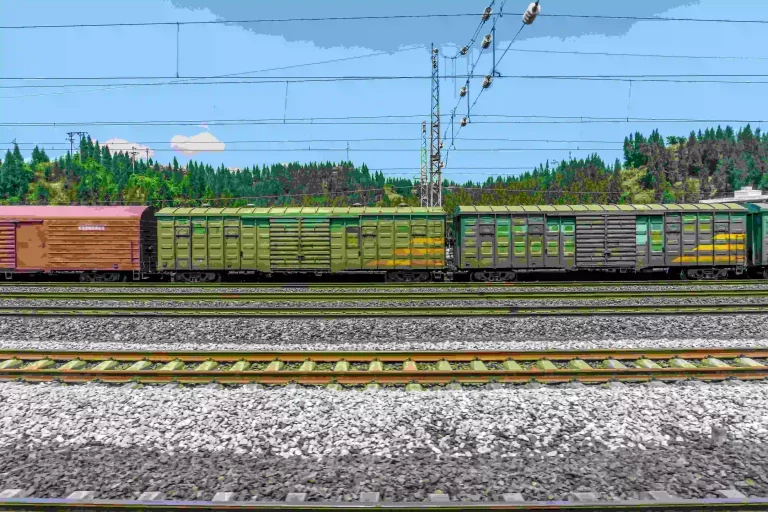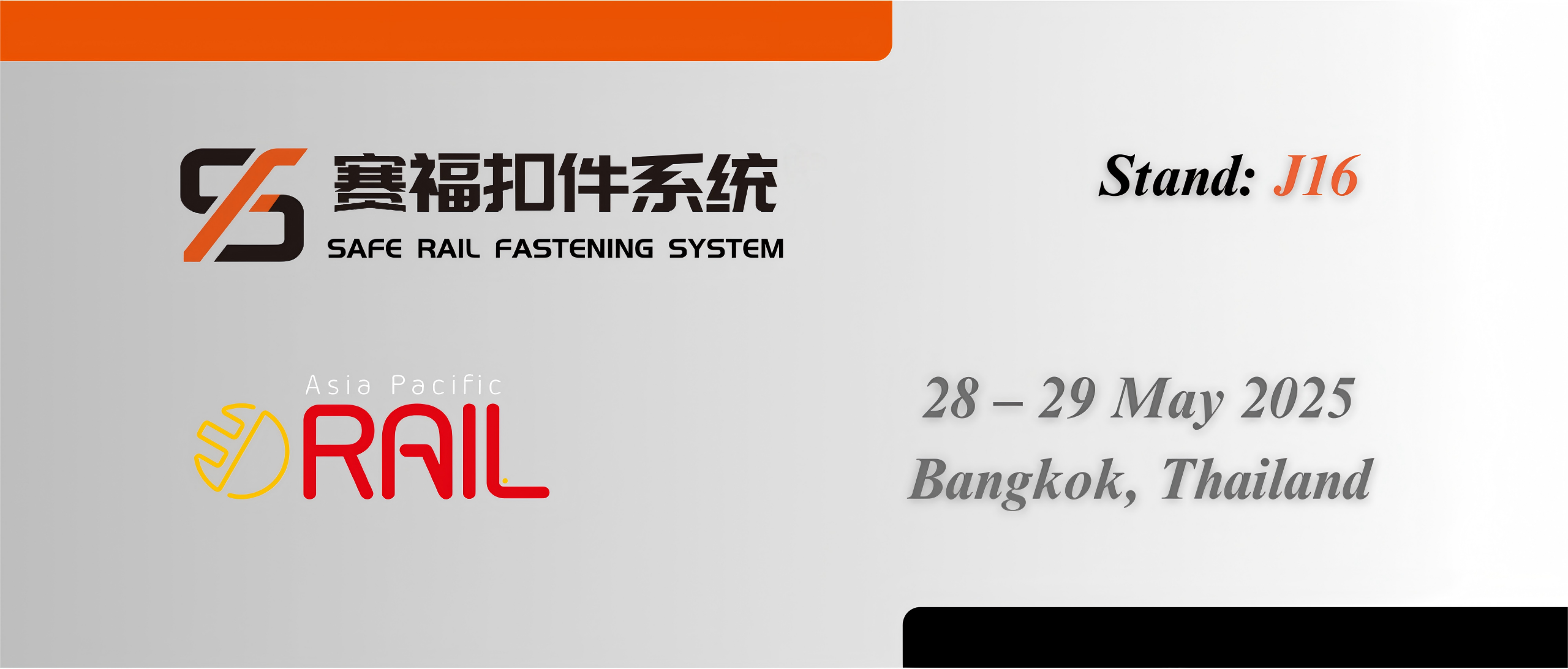Rail pads are essential components in the operation and longevity of railway tracks. Designed to improve the relationship between the rail and sleeper, they serve multiple functions that contribute to overall track performance and durability. Rail pads help in reducing wear and tear on both rail and sleeper materials, and support efficient load distribution, thereby extending the lifespan of the railway infrastructure. Their importance has been increasingly recognized, especially as the demand for effective transport continues to rise.
Understanding the Importance of Rail Pads
Definition and Functionality of Rail Pads
Rail pads, sometimes referred to as rail bearers or track cushions, are rubber or elastomeric devices placed between railway sleepers and rails. Their primary function is to absorb dynamic movements and vibrations during train operations, minimizing wear on the track components. Rail pads act as a buffer, allowing for elasticity in track alignment while providing stability. This elasticity not only supports the integrity of the tracks but also enhances passenger comfort by reducing noise and vibrations arising from train movements.
Material Composition and Design of Safe’s Rail Pads
Overview of Safe’s Rail Pad Products
At SAFE, we specialize in the design and manufacturing of high-quality rail pads tailored to meet the rigorous demands of modern railway systems. Our rail pads are engineered from advanced materials that ensure optimal performance under various operating conditions. By concentrating on the specific needs of our clients, SAFE delivers products that excel in vibration dampening, noise reduction, and resilience against wear.
Innovations in Material Use for Enhanced Durability
The materials employed in the manufacture of rail pads are critical to their performance. SAFE offers a range of innovative rail pad products that utilize specialized compounds to enhance durability.
Elastomeric Compounds
Our elastomeric rail pads are crafted from a blend of synthetic rubber materials designed for maximum flexibility and cushioning. These pads excel in absorbing shocks and vibrations, ensuring that the force exerted by passing trains does not lead to premature track degradation. The use of elastomeric compounds also allows for significant damping capabilities, contributing to a quieter and smoother ride.
Composite Materials
In addition to elastomeric compounds, SAFE integrates composite materials into our rail pad designs. These composites combine different materials to create a product that is both lightweight and exceedingly durable. The use of composites fosters resistance to environmental effects such as temperature fluctuations and moisture, ensuring our rail pads maintain their performance over time.
Role of Design in Impact Absorption and Noise Reduction
The design of a rail pad plays a decisive role in its effectiveness at mitigating vibrations and reducing noise levels. SAFE utilizes cutting-edge design processes to create rail pads that optimize impact absorption. Innovative shapes and configurations enhance their performance by allowing expanded displacement for radial and axial forces encountered during operations, thereby extending the life of both the rails and sleepers.
Diminishing Wear and Tear: Mechanical Benefits
Mitigating Stress on Railway Sleepers and Rails
The proper function of rail pads significantly reduces the stress placed on railway sleepers and rails. By providing a cushioning effect, rail pads allow for a more gradual transfer of forces, which in turn diminishes the risk of cracks and failures in these critical components. This capability is vital as it ensures that the rail infrastructure can withstand the inevitable wear that occurs over time with regular use.
Vibration Reduction Capabilities
Technological advancements in rail pad design have greatly improved vibration reduction capabilities, enhancing the overall performance of railway systems.
Dynamic Load Distribution
Effective rail pad design ensures that dynamic loads from passing trains are distributed uniformly along the length of the rail. This distribution helps in reducing local stress concentrations, which could otherwise lead to anomalies in the track’s structural integrity. The careful design of our rail pads promotes evenly distributed loads, extending the life of the entire system.
Prolonged Service Life of Track Components
By reducing wear on both the rail and sleepers, the use of high-quality rail pads, such as those offered by SAFE, contributes to a prolonged service life of overall track components. With reduced maintenance needs and extended intervals between replacements, rail operators can achieve greater efficiency in their operations. This not only saves costs but also boosts service reliability, ultimately benefiting passengers.
In conclusion, rail pads serve a crucial role in enhancing railway track longevity through innovative materials and designs that mitigate stress, vibrations, and noise. SAFE is dedicated to developing advanced rail pad solutions, ensuring the continued durability and efficiency of rail systems worldwide. Through our products, we aim to support the railway industry in achieving optimal performance while minimizing maintenance efforts.
Environmental and Economic Benefits
Sustainability Aspects of Using Advanced Rail Pads
Recyclable Materials
One of the significant advantages of modern rail pads manufactured by companies like SAFE is their incorporation of recyclable materials. These pads are designed to be environmentally friendly, utilizing rubber and polymer compounds that can be reclaimed and repurposed at the end of their life cycle. This approach not only reduces waste but also promotes a circular economy within the railway industry, directly addressing ecological concerns while fulfilling operational needs. The use of recyclable materials in the production of rail pads reflects a commitment to sustainability without compromising performance.
Lower Carbon Footprint During Manufacturing and Maintenance
The manufacturing process of rail pads has a pronounced impact on their overall environmental footprint. SAFE focuses on utilizing advanced technologies that minimize emissions and energy consumption during production. By streamlining manufacturing processes and adhering to sustainable practices, the carbon footprint associated with the creation and maintenance of rail pads is significantly reduced. This approach not only meets regulatory standards but also aligns with the increasing demand for sustainability from stakeholders concerned about climate change and ecological preservation.
Long-Term Cost Efficiency with Safe’s Products
Investing in high-quality rail pads such as those made by SAFE can lead to significant long-term cost savings for railway operators. The durability and performance of these rail pads translate into reduced maintenance needs, fewer repairs, and a prolonged track lifespan. As a result, while the initial cost of superior rail pads may be higher, the overall expenditure is lowered due to the diminished frequency of replacements and repairs. This long-term cost efficiency is an essential factor for operators seeking to enhance their financial performance while maintaining an effective transport system.
Safety Improvements with Advanced Rail Pads
Enhanced Stability Under High-Speed Conditions
The stability of railway tracks under high-speed conditions is paramount for ensuring passenger safety and comfort. SAFE’s rail pads are expertly engineered to enhance track stability by efficiently absorbing vibrations and lateral forces encountered during high-speed travel. This stabilization is achieved through the effective design and material composition of the rail pads, which work together to mitigate the dynamic forces acting on the track structure. Consequently, this leads to fewer derailments and accidents, granting operators and passengers peace of mind while using the rail system.
Improved Safety Margins during Adverse Weather Conditions
Railway systems often face challenges associated with adverse weather conditions, such as heavy rainfall, snow, or extreme temperatures. Advanced rail pads from SAFE are designed with special properties that improve safety margins in these scenarios. The elastomeric and composite materials used in manufacturing these pads maintain their performance consistently, regardless of environmental stresses. This reliability ensures that the track remains integral, even under challenging conditions, thereby avoiding disruptions in service caused by weather-related track failures.
In summary, the integration of advanced rail pads into railway systems represents a significant advancement in both environmental sustainability and operational safety. By utilizing products designed with innovative materials and a focus on long-term functionality, like those provided by SAFE, railway operators can achieve enhanced performance and reliability while also meeting their ecological responsibilities. The careful consideration of rail pad contributions to overall track longevity paves the way for a more sustainable and efficient future in railway transportation.



